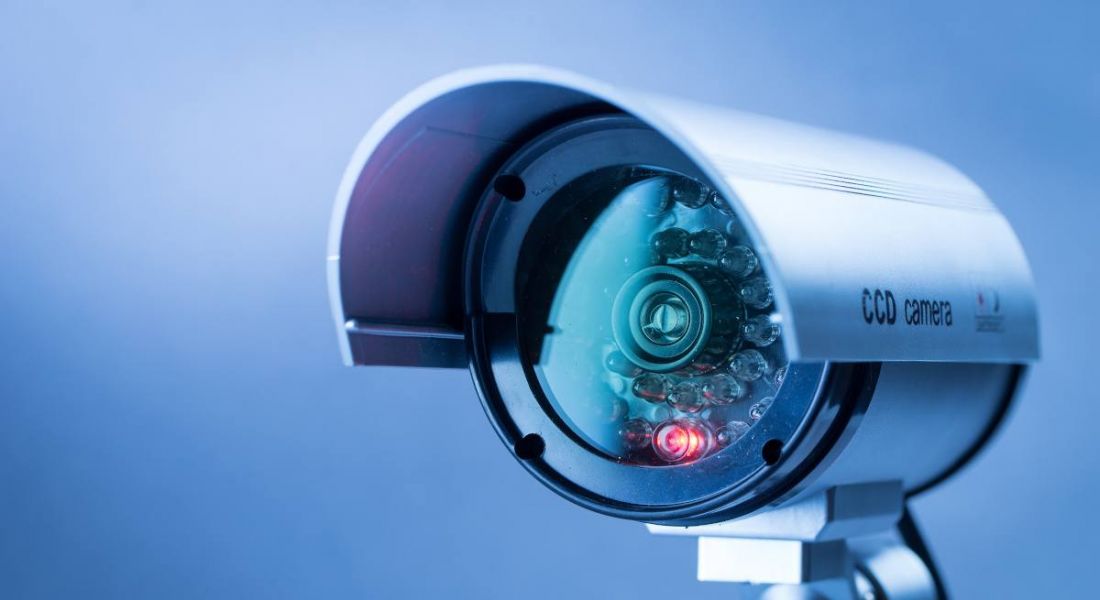MHR’s Lesley Holmes discusses the problem with employee monitoring software and an alternative way to ensure productivity.
Employee monitoring software uptake accelerated during the pandemic, especially as the majority of the Irish workforce worked predominantly from home during 2020.
In fact, the demand for workforce monitoring solutions has risen exponentially, with many companies having either installed such technology or having plans to do so.
As the dramatic shift to working from home occurred, some employers struggled to trust their employees who were no longer in the presence of managers or supervisors.
Tools and technologies to monitor workers have been in use long before the events of Covid-19, however. Businesses use keystroke monitors to maximise productivity in clerical work, while retail, hospitality and warehouse workers are routinely subject to video surveillance to prevent theft and fraud.
Nevertheless, the rise in workplace monitoring software includes tools that feel more intrusive. They can register the length of time taken to read and respond to an email, monitor meeting attendance and film employees from their screen.
Although use of these technologies may vary from sector to sector and business to business, the rise in demand for these solutions indicates employer-employee trust is increasingly a problem.
The negative effect on morale
Before any employer implements technology for the purpose of monitoring, they should consider its effect on morale. Such technology can be a major barrier to a culture of trust and engagement, which can build longer-term advantages in terms of productivity, loyalty, retention and recruitment.
This is especially true when employees are monitored in their own homes. Covid has, for example, prompted some employees with dependents to work more flexible hours or to divide their day between work and caring for the elderly or young children at home.
It is easy for monitoring software to infringe on such complex time boundaries, causing irritation and annoyance.
Although employees are protected by data protection and human rights legislation, employers can legitimately monitor how work devices are used and for what purpose, provided they are transparent about what they are doing and are “fair and reasonable”.
With that in mind, escalating to more intrusive monitoring requires fair suspicion, whether the concern is performance or security related, and employees should always be aware of any monitoring capabilities that an employer has.
This was brought to light in a case in Spain in which an employee successfully won a case for unfair dismissal based on security camera evidence being deemed invalid in a court of law as the individual was not aware that the cameras were in use both for security and employee monitoring.
The European Court of Human Rights eventually overturned the judgement of the employment tribunal due to the level of suspicion and the balance of the rights of the individual against those of the business that they worked for, demonstrating that all aspects of the situation need to be considered.
Yet the effect on internal culture and employee morale of these solutions makes it questionable whether they are ever the answer. Just before the pandemic, for example, UK bank Barclays was criticised for using software to monitor and pressurise employees in a bid to maintain high levels of productivity. The bank’s employees complained of the effect on morale.
HR platforms offer better alternatives
Rather than adopting technology for such a negative purpose, employers would be better advised to review their HR software and invest in a solution that can give managers oversight of performance at the individual level without any feeling of Big Brother monitoring.
Such technology has the power to unite teams and brings workforces together, using social media-type interfaces and interactions.
The automated scheduling of frequent, one-to-one check-ins between managers and employees ensures the performance and morale of each employee is constantly on the radar of managers, allowing for early intervention before problems develop.
Managers can provide the extra information or tools that struggling employees need to complete their work or to accelerate output. Alternatively, managers can reassign workloads where necessary.
Regular check-ins, along with prompts to upgrade skills and qualifications, ensure employees are treated as individuals and can advance in their careers.
Employers need HR platforms that enable them to actively engage employees through regular updates on company and team events, successes, employee achievements, vacancies, training opportunities and market news. Training materials, webinars, group discussion forums, remote working and wellbeing information and advice should also be available.
Younger employees especially are more interested in the culture of an organisation and those with skills in short supply will move on if they do not like what they find.
Where appropriate, employees should be able to access the platform through their mobile phones, getting answers to HR queries from chatbots, for example.
Rather than deploying Big Brother solutions, organisations need to connect and align dispersed workforces with user-friendly technology that signposts solutions and provides valuable insights without having to intrude on employee privacy.
Overall, the technology should enable managers to gauge the mood and performance of each employee so they have an accurate aggregate assessment of their team to report up the chain of command.
This is far likelier to provide a productive workforce than a culture of surveillance and monitoring, especially when employees are working at home. Employers using technology constructively to engage their workforces have much better odds of being ahead in terms of productivity, retention and recruitment.
Lesley Holmes is the data protection officer at MHR, a HR, payroll and finance software company.
10 things you need to know direct to your inbox every weekday. Sign up for the Daily Brief, Silicon Republic’s digest of essential sci-tech news.




